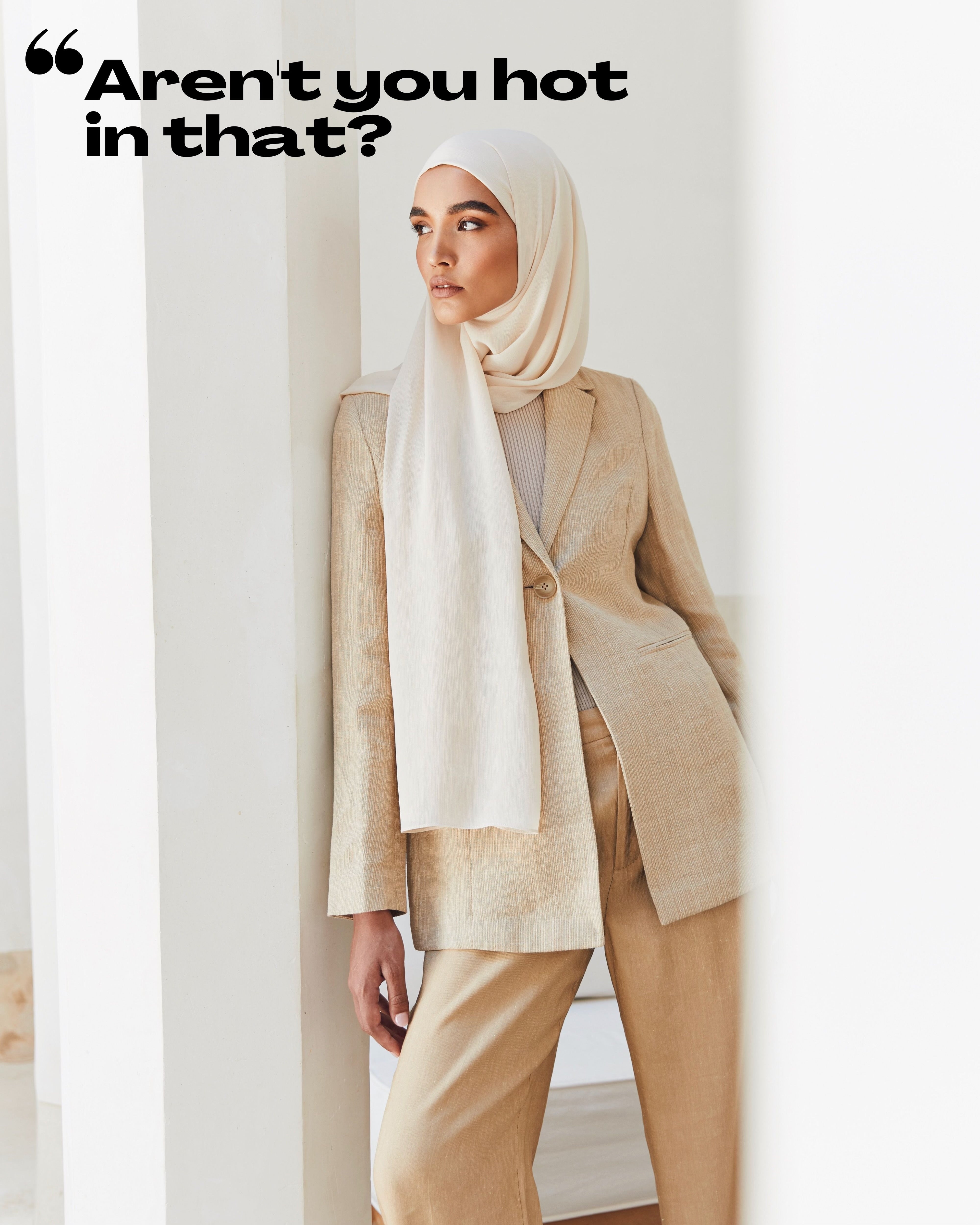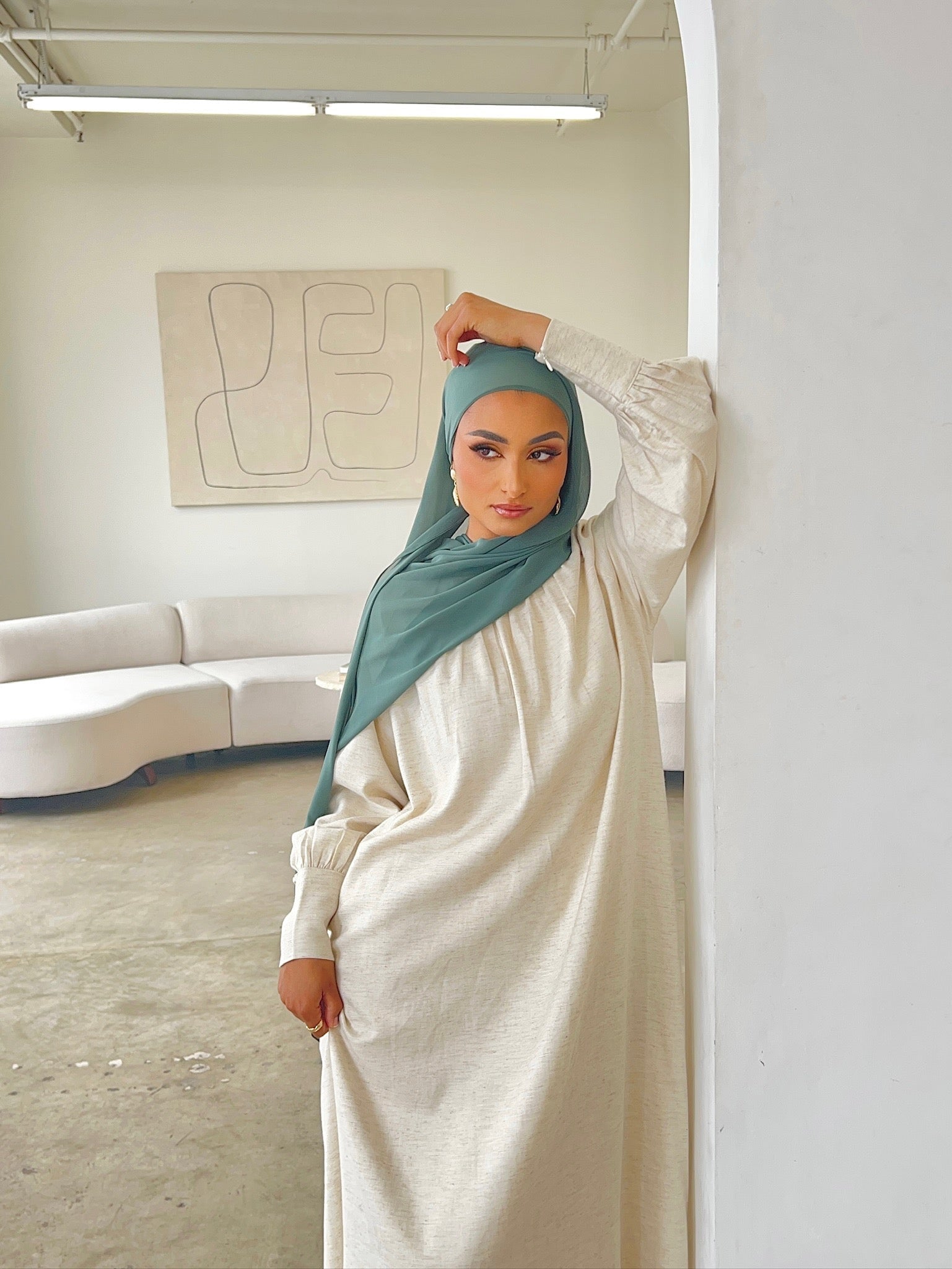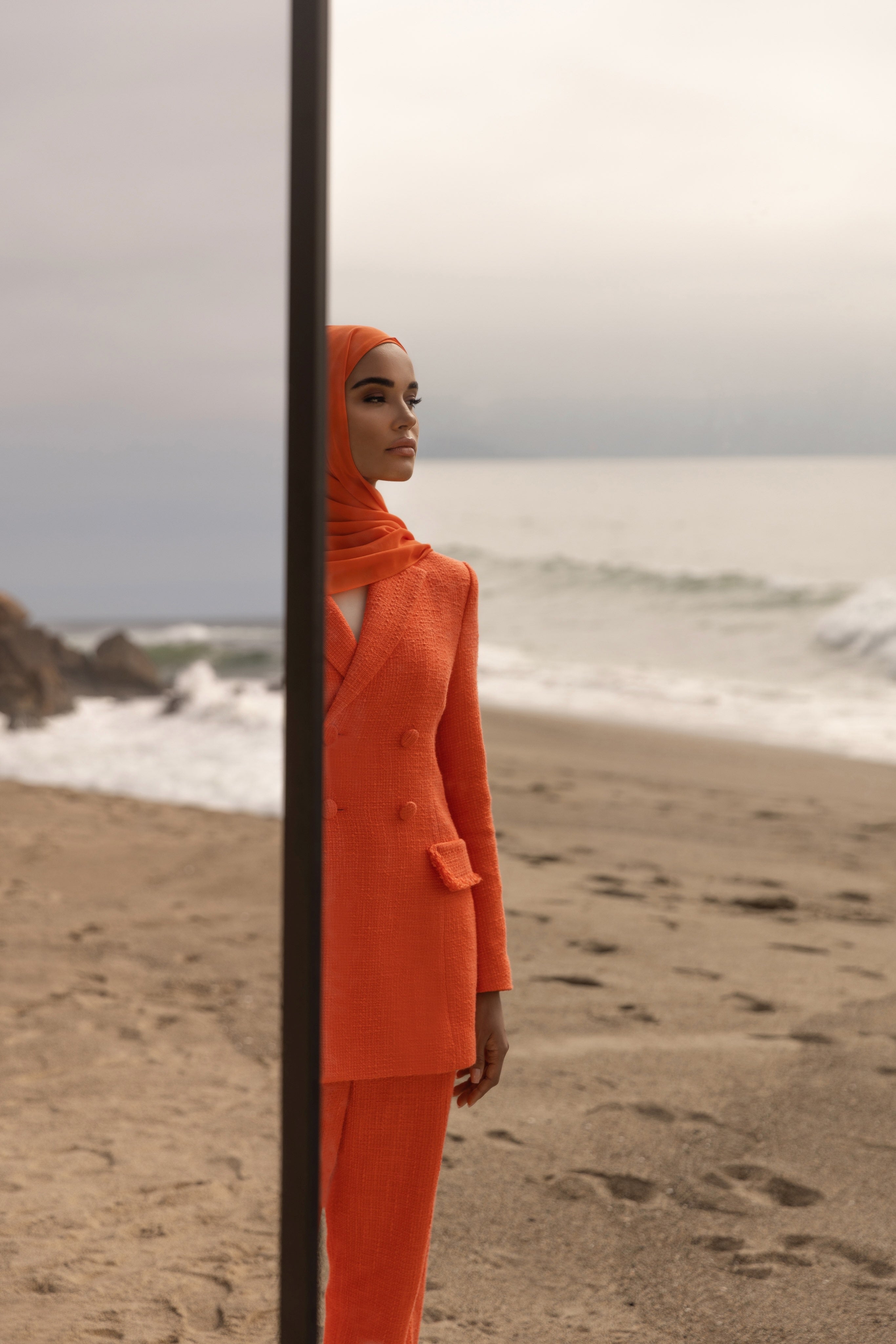Trends by definition are subject to change and evolution. No matter the sector, rising popularity inevitably leads to market oversaturation, which then leads to consumer fatigue and the search for something new. With enough publicity, that “something new” becomes the next “it" trend, and the cycle begins again.
Fashion has become particularly impacted by this non-stop cycle. As the consumer timeline has shrunk from long-awaited seasonal drops to microtrends lasting just a few weeks, designers and manufacturers have catered their work to an increasingly fickle public who is ready to dismiss new styles as outdated before they’ve even had the chance to hit the shelves.

This resurgence of “quiet luxury” and an “old money” aesthetic is a direct response to an audience overwhelmed and oversaturated by the market’s here today, gone tomorrow trends. Just as Gen Z looks back to the 1980s and 1990s with nostalgia as a simpler era where time could be savored and enjoyed, so too does quiet luxury reflect a desire to return to a simpler time of curated wardrobes, essential staple pieces to last a lifetime, and interestingly, a return to modest wear for all.
In the traditional Western fashion world, continuous experimentation and dissolution of boundaries has created the perfect environment for constant innovation of clothing down to its essence. From avant garde runway looks made of unorthodox materials to the redefinition of what (if any) clothing is required in polite society, the West has minimal restrictions to adhere to.
Although the overlap is purely coincidental, the shift from Y2K to quiet luxury also marks a desire for something new in terms of modesty. While quiet luxury is not modest by definition, it is no accident that looser, flowier styles and higher necklines are being promoted by influencers and celebrities, likely out of a desire for something new. For Muslims, this means that our choice to cover is in alignment with popular styles seen in the mainstream media.

However, this transition into a wealthy aesthetic rooted in nostalgia brings about questions for the modest fashion enthusiast. Why is dressing modestly restricted to emulating the past? Why can’t new styles exist that accommodate alternative styles or personal boundaries on how our bodies are displayed? Will modesty remain a nostalgic trend without a clear path to implementation in the future?
The Western fashion industry will always remain experimental in how it chooses to cover (or uncover) the human body. While the quiet luxury trend may fade in a few short weeks, women who dress modestly will still need a space that acknowledges and respects their boundaries which aren’t subject to the fleeting nature of the fashion industry. As the industry jumps from trend to trend where exposed necklines, hems, and more have been at the forefront of body positivity or self expression as a whole, the Muslim fashion scene operates under an entirely different paradigm.
Quiet luxury is a welcome reprieve from inaccessible trends. The question is: how long do we have until modest wear has lost its popular appeal, and what can we do to make it last?
Read more

Summer can be a challenging time for Muslim women, and not just because of the weather. Dressing modestly during the summer often brings around unwanted questions, comments, and curiosity, like the...

We know that making the switch to modest fashion can be challenging. Current fashion trends, stores, and clothes are not often the most catering to the modest fashion look. However, whether you ar...



Leave a comment
All comments are moderated before being published.
This site is protected by hCaptcha and the hCaptcha Privacy Policy and Terms of Service apply.